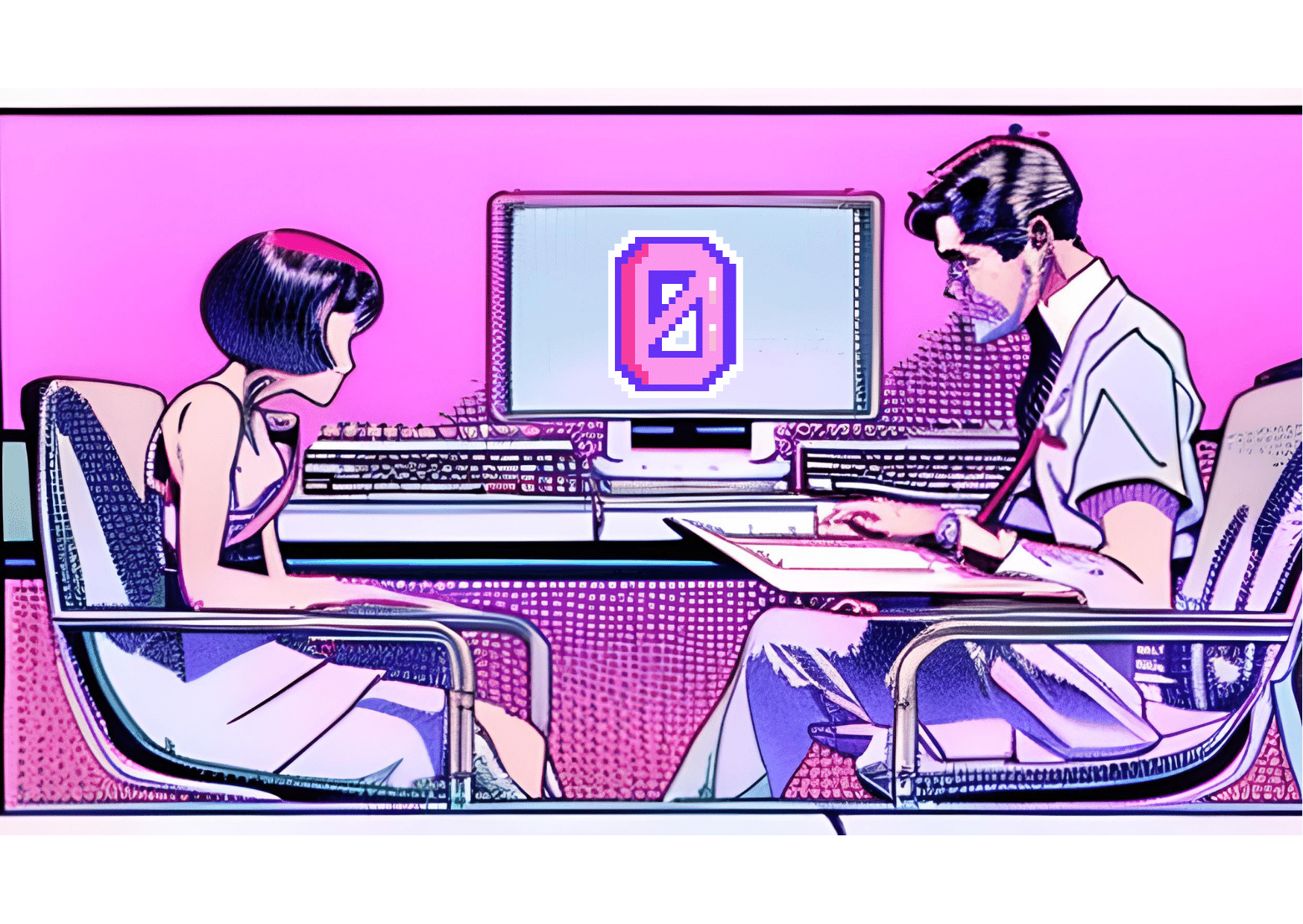Machine learning in the era of data
Machine learning (ML) is a key component of the modern world of technology. From automatic translation and speech recognition to recommendation systems, ML has become an integral part of our everyday lives. However, the effectiveness of ML depends on the amount of data available for training models, and the presence of limited data becomes a problem when it comes to new or rare phenomena.
This is where zero-shot learning comes to the rescue! This innovative approach allows models to find solutions in conditions of small or absent data by learning from analogies and vector representations. Instead of requiring huge amounts of labeled examples, zero-shot learning actively uses knowledge gained by models when solving other related tasks.
For example, let’s imagine that you want to train a system to recognize rare animal species. Instead of collecting a massive amount of images for each species, the zero-shot approach can use information about analogous, more common species and then draw conclusions based on the relationships between these species. Thus, zero-shot learning provides new opportunities and prospects in the field of machine learning, especially in situations where data is limited or absent.
Zero-shot vs other approaches
Let’s understand what zero-shot learning is and how it differs from other machine learning methods. Zero-shot learning, or “learning without examples,” is when AI learns to perform new tasks without being trained on specific examples for those tasks. Essentially, it’s a machine that can learn on the fly!
In contrast, supervised and unsupervised approaches require a large amount of data for training. In supervised learning, AI learns from labeled examples, having input data and corresponding outputs. In unsupervised learning, AI analyzes unlabeled data and autonomously determines the relationships between them.
Zero-shot learning, on the other hand, is based on knowledge gained from previous tasks and transfers them to new situations. Thus, the machine does not need to be trained on examples specifically prepared for the new task. This can be very useful when there is insufficient training data or when obtaining it is difficult.
How does zero-shot work?
To understand the principle of how zero-shot approach works, two things need to be understood: knowledge transfer between tasks and vector representation with semantic space.
Knowledge transfer between tasks means that AI trained on one task is capable of applying the acquired knowledge to solve another similar task. For example, if AI can translate texts from English to French, it can subsequently more easily learn to translate from English to Spanish, as both languages belong to the Romance group.
Vector representation and semantic space play a key role in zero-shot learning. It is a way of encoding information about an object or phenomenon as a vector (a set of numbers) in a multidimensional space. The proximity of vectors in this space indicates similarity between objects. AI uses these vector representations for analysis and decision-making.
Simply put, imagine that AI is a chef who has learned to cook different dishes using chicken. One day, it is given turkey and asked to prepare something delicious. The chef has never cooked turkey before, but using its knowledge about chicken and understanding that turkey is similar to chicken, it successfully handles the task. This is the essence of the zero-shot approach!
Zero-shot in the real world
Zero-shot learning opens up many possibilities for solving real-world problems. For example, in object recognition in images, zero-shot helps AI identify objects it has not encountered before. Imagine that AI already knows what cats, dogs, and birds look like, and now it sees a raccoon. Thanks to knowledge transfer and vector representations, AI can “guess” that it is an animal, even though it has not seen it before.
Machine translation for rare languages is another area where the zero-shot approach can play a crucial role. Such languages often suffer from a lack of parallel texts required for training classical translation algorithms. But with zero-shot learning, AI can use knowledge about other more common languages to perform translation even without parallel text examples in the rare language.
In both cases, the zero-shot approach helps overcome the problem of a lack of training data, making AI more flexible and adaptable to new tasks. Science keeps progressing, indeed!
Zero-shot: pros and cons
Let’s start with the advantages of zero-shot learning. Firstly, it allows models to perform better with limited training data, especially when it comes to rare objects or languages. Secondly, zero-shot learning promotes AI flexibility as the model is not constrained to specific examples and can adapt to new tasks.
However, there are also some limitations. The zero-shot approach can suffer from inaccuracies due to the lack of direct experience with objects or languages, which ultimately affects the model’s performance quality. Additionally, overcoming the “domain gap” – when knowledge from one domain needs to be used to solve tasks in another domain – remains a challenging task for zero-shot approaches.
In general, zero-shot learning has its advantages and disadvantages. It is becoming a revolutionary tool for AI development, but we still have yet to determine the extent to which this type of learning can revolutionize our understanding of machine learning. So, let’s keep an eye on its progress!
Zero-shot: the future of AI
In conclusion, zero-shot learning is an approach in machine learning that allows models to learn without direct experience with objects or languages. It helps overcome the lack of data, especially when dealing with rare objects and languages, and makes models more flexible in solving new tasks.
However, this approach has its drawbacks, such as inaccuracy due to the absence of direct experience and the complexity of bridging the “domain gap”. Nevertheless, zero-shot learning opens up new horizons for the development of AI and offers opportunities for improving models.
In the future, the zero-shot approach can enhance machine learning by making it more autonomous and scalable. Scientists continue to work on advancing this field, and we, as science enthusiasts, will keep track of their achievements and keep you updated on the latest advancements!


